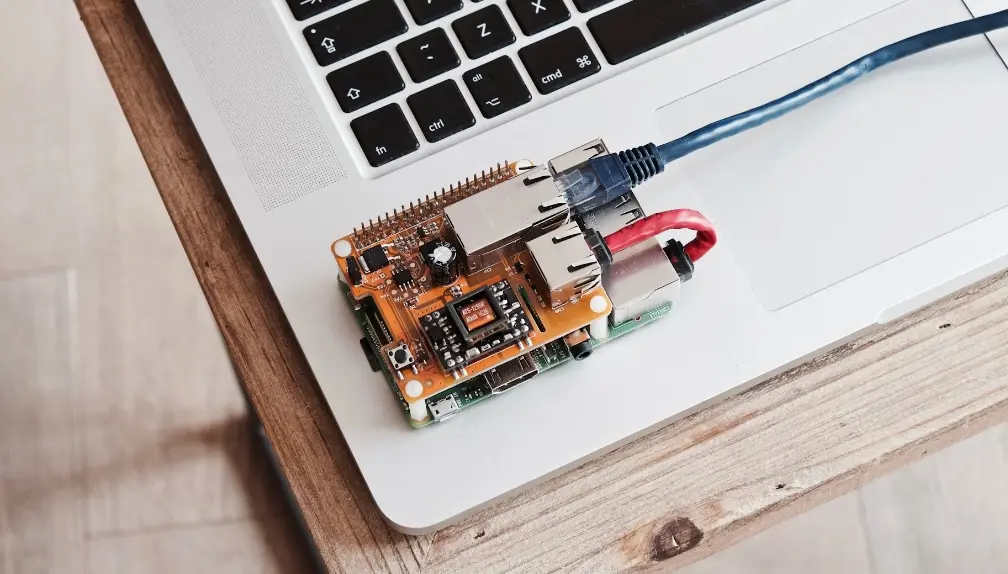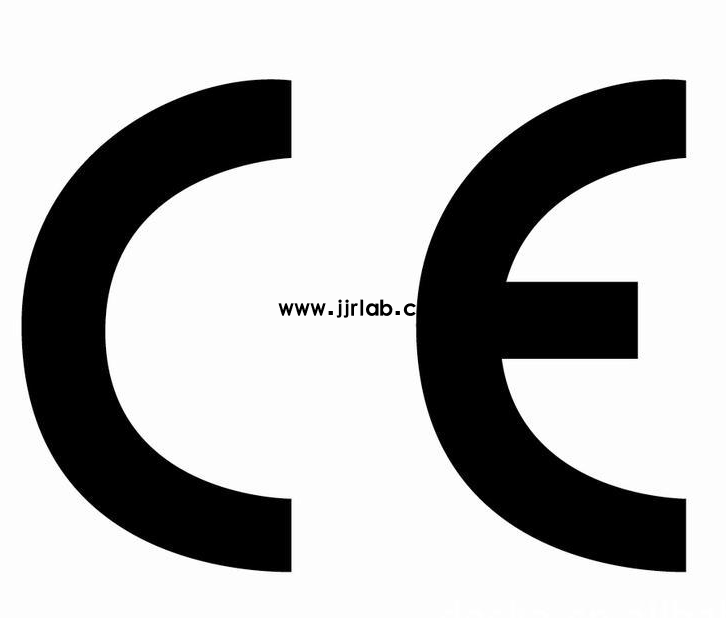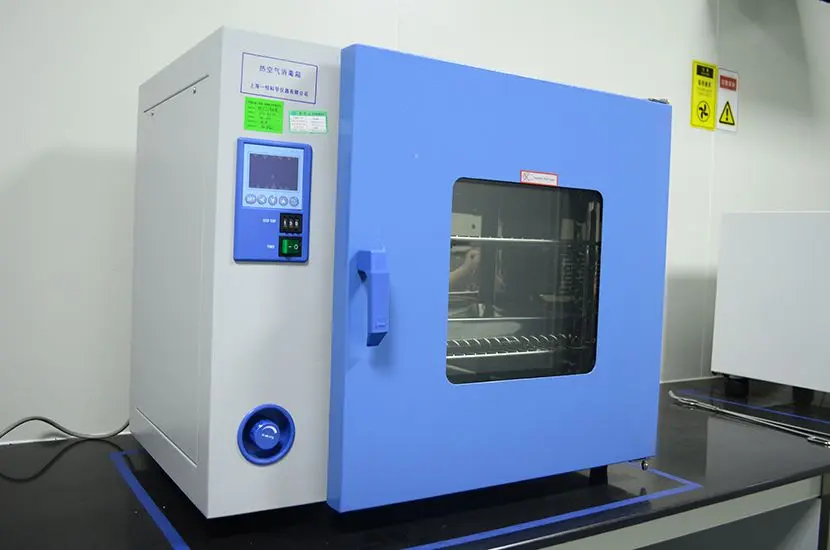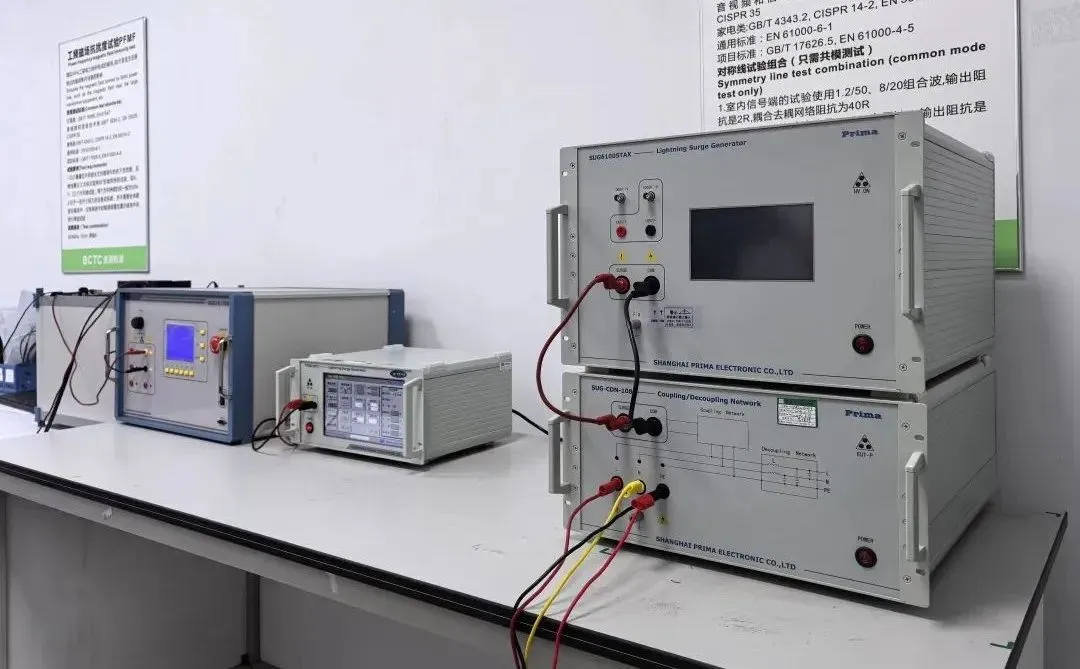
FCC SDoC Part 15B Compliance Testing Labs
The United States Federal Communications Commission (FCC) historically used different certification methods for electronic products based on product type. These methods included Verification, DoC (Declaration of Conformity), and Certification. However, starting November 2, 2017, the FCC merged DoC and Verification into sdoc (Supplier’s Declaration of Conformity) and revised the relevant FCC regULations, with a one-year transition period.
Transition Period
a. From November 2, 2017, to November 2, 2018, manufacturers could use either the FCC VOC and DoC certification processes or the new fcc sdoc process.
b. After the transition, the FCC SDoC process replaced the FCC VOC and DoC methods.
c. The FCC SDoC process is simpler and clearer, allows electronic labeling, and REDuces import declaration burdens.
d. The goal is to simplify FCC certification and reduce burdens on businesses.

SDoC Certification and Testing
a. SDoC requires a test report.
b. Testing should be conducted in FCC Recognized Accredited Laboratories for authoritative results.
c. JJR Laboratory in China is ISO 17025 accredited, ISO/IEC 17025 recognized, and an FCC Recognized Accredited Lab.
d. Testing standards remain the same, with key modifications detailed below.
Part 15: Unintentional Radiators
1. Stand-alone Cable Input Selector Switches:
Must display this statement clearly on the product:
“This device complies with Part 15 of the FCC Rules for use with cable television service.”
2. Small Products Without Space for FCC 15.19 Statement:
If the product is too small to carry the FCC 15.19 statement and lacks a screen to display it, then:
a. Include the statement in the user manual
b. Place the statement on the product packaging or a removable label affixed to the product
3. Equipment Authorization Requirements by Device Type:
a. TV Broadcast Receiver: SDoC or Certification
b. FM Broadcast Receiver: SDoC or Certification
c. CB Receiver: SDoC or Certification
d. Superregenerative Receiver: SDoC or Certification
e. Scanning Receiver: Certification
f. Radar Detector: Certification
g. Other Receivers Subject to Part 15: SDoC or Certification
h. TV Interface Device: SDoC or Certification
i. Cable System Terminal Device: SDoC or Certification
j. Stand-alone Cable Input Selector Switch: SDoC or Certification
k. Class B Personal Computers and Peripherals: SDoC or Certification
l. CPU Boards/Internal Power Supplies for Class B PCs: SDoC or Certification
m. Class B PCs Assembled Using Authorized Components: SDoC or Certification
n. Class B External Switching Power Supplies: SDoC or Certification
o. Other Class B Digital Devices & Peripherals: SDoC or Certification
p. Class A Digital Devices, Peripherals & External Switching Power Supplies: SDoC or Certification
q. Access Broadband over Power Line (Access BPL): Certification
r. All Other Devices: SDoC or Certification
Part 18: Intentional Radiators
1. Certification Requirements:
Commercial Industrial, Scientific, and Medical (ISM) products require SDoC or Certification.
Commercial ultrasonic products (<500 W and <90 kHz) and non-commercial ISM products require SDoC.
2. Display of Compliance Statement:
Electronic screens are allowed to display regulatory statements.
3. Responsible U.S. Entity:
For SDoC certification, there must be a responsible U.S.-based entity (manufacturer or importer) ensuring compliance.
Certification
1. fcc id Display:
a. Certification products may display FCC ID via electronic screen.
b. If the product is too small and lacks a screen, the FCC ID must be included in the user manual and on the packaging or removable label.
2. Testing Laboratory Requirements:
Certification testing must be performed in an FCC Accredited Laboratory.
Additional Notes on SDoC Products
1. The fcc logo may be voluntarily displayed on the product.
2. For SDoC-certified products, the following information must be provided at launch or import:
a. Product name and model
b. fcc compliance statement
c. Contact information of the responsible U.S. entity (name, address, phone, or website)
3. If the user manual is electronic (hard drive or internet), these details must be included electronically or displayed on a screen.
During the Transition Period
1. Products certified by FCC SDoC may choose to display or omit the FCC logo.
2. SDoC requires including the compliance declaration document with the equipment, including U.S. supplier contact details.
3. Manufacturers may continue using FCC VOC and DoC certification methods during the transition.
4. Existing FCC VOC and DoC certifications remain valid; modified products require re-certification.
New Testing Laboratory Qualification Requirements
FCC requires SDoC testing to be conducted by one of the following:
1. FCC Recognized Accredited Labs:
Accredited to ISO/IEC 17025
Testing scope covers relevant fcc standards
2. 2.948 Listed Labs:
Laboratories officially listed by FCC as qualified labs
Note:Since 2023, FCC no longer accepts reports from non-accredited labs. Manufacturers must verify lab qualifications in advance.
Email:hello@jjrlab.com
Write your message here and send it to us
 European Authorized Representative for Medical Dev
European Authorized Representative for Medical Dev
 Low Voltage Testing Services
Low Voltage Testing Services
 Constructive Playthings Foam Block Toys Safety Sta
Constructive Playthings Foam Block Toys Safety Sta
 Prop 65 Textile Testing
Prop 65 Textile Testing
 Environmental Testing for Electronic Products
Environmental Testing for Electronic Products
 Food Packaging Testing Laboratories
Food Packaging Testing Laboratories
 What is CE Certification for Electrical Equipment?
What is CE Certification for Electrical Equipment?
 Requirements for EAC Declaration of Conformity (Do
Requirements for EAC Declaration of Conformity (Do
Leave us a message
24-hour online customer service at any time to respond, so that you worry!




